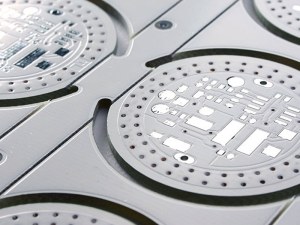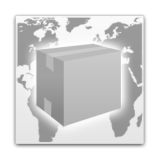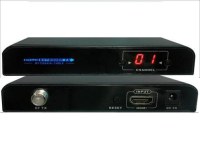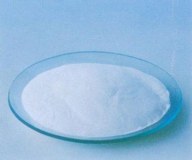ZF Electronics, as one of the top custom circuit board manufacturers and pcb manufacturing companies in China, can provide customers with single-sided PCB, double-sided FR4 PCB, metal core PCB, heavy copper PCB, rigid PCB and rigid-flex PCB.
With excellent electrical properties, heat dissipation capability, electromagnetic shielding, high dielectric strength and resistance to bending, aluminum substrates are widely used in many industries such as high-power LED lighting, power supplies, TV backlighting, automotive, computer, air conditioning inverter modules, avionics, telecommunications, medical and audio. When it comes to cell phone cameras which are the most commonly used in our daily life, aluminum pcb factoryis of great importance. As a aluminum pcb china (MCPCB), aluminum foil circuit board/aluminum printed circuit board has many similarities with FR4 PCB in terms of manufacturing process or technology, including thick copper foil etching, aluminum surface etching protection, aluminum PCB board manufacturing and solder resist film printing.
Since the 1970s, aluminum PCBs were first used in power amplification hybrid ICs and have become popular. Due to the development of LED industry in recent years, the application and trend of them are increasingly widespread together with the boost of aluminum PCB manufacturers or factories in China. Therefore, in order to better utilize them in the product and industry, it is necessary to understand some important characteristics of the PCBs.
Structure of Aluminum PCB
In terms of the structure, it truly shows the structure of aluminium board pcb CCL, different from the metal core board, consisting of copper foil, dielectric layer, aluminum base and aluminum base film (which is optional).
(1) Copper foil layer
The aluminum CCL has the same copper foil layer as the ordinary one. The circuit layer requires large current carrying capacity, which is the reason for changing thicker copper circuits from 1 ounce to 10 ounces. The back of the copper foil must be chemically oxidized while the surface should be zinc-plated and brass-plated to improve the peel strength.
(2) Dielectric layer
The dielectric layer consists of a layer of thermally conductive dielectric material with low thermal resistance and a thickness of from 50μm to 200μm, which is the core technology of aluminium clad pcb CCL. It excels in resistance of heat and aging and can withstand mechanical and thermal stress.
(3) Aluminum base
The aluminum base is actually the aluminum substrate material and is the support component. It requires a high thermal conductivity to be suitable for general mechanical engineering, such as drilling, punching and cutting.
(4) Aluminum base film
The aluminum base film serves to protect the the surface from scratches and etchants. The films can be classified as normal one (below 120°C) and high-temperature-resistant one (250°C). The latter type can meet the requirements of HASL as a surface finishment.
Aluminum PCB performance
(1) Heat dissipation
Compared to normal FR4 PCBs, the aluminum PCBs perform better and more quickly in heat dissipation than most of other PCB printed circuit board. Take the FR4 PCB and the aluminum PCB with the same thickness of 1.5mm as an example. FR4 PCBs have a thermal resistance of from 20°C/W to 22°C/W while aluminum PCBs have it of from 1°C/W to 2°C/W, which proves the feature again.
(2) Thermal expansion
The thermal expansion and contraction are common properties of substances but have different coefficients. Because of the excellence in heat dissipation of the aluminum PCBs, the problems on the thermal expansion and contraction on the board surface will be significantly reduced to increase the durability and reliability of the entire equipment and electronic devices. This kind of advantages can be particularly suitable for the thermal expansion and shrinkage problems of surface mount technology (SMT).
(3) Dimensional stability
The aluminum PCBs have significantly stable dimensions. Their dimensions will only change about 2.5% to 3.0% when they are heated from 30 ℃ to 140 ℃ or even 150 ℃.
(4) Other performance
a. Applicability to power device SMT.
b. Effective thermal expansion of circuit design.
c. Helpful to reduce operating temperature, improve product power density and reliability, and extend the shelf life of products.
d. Helpful to reduce the size of the product, hardware and assembly costs.
e. Easy replacement of fragile ceramic substrates with better insulation performance and mechanical durability.
If you have questions about our aluminum PCB production capacity, or the specifications required for your custom project are not listed on this page, please feel free to contact us. We will reply within one workday. We will continue to provide quotation support and design support. Welcome to learn about our production process.
If you want to buy aluminum pcb or know aluminum pcb price, please contact us.
Location : 810 Shang Xing Buliding, Shajing Town, Bao'an District, Shenzhen, China,, 518105 Shenzhen,
Contact : He Mike, +86 188 7956 1688








